I'm trying to understand the workings of the D flag in the code segment descriptor when used in the x86-64 code. It's set in the D/B bit 22 of the code segment descriptor as shown on this diagram:
The Intel documentation (from section 3.4.5 Segment Descriptors) states the following:
D/B (default operation size/default stack pointer size and/or upper bound) flag
Performs different functions depending on whether the segment descriptor is an executable code segment, an expand-down data segment, or a stack segment. (This flag should always be set to 1 for 32-bit code and data segments and to 0 for 16-bit code and data segments.)
• Executable code segment. The flag is called the D flag and it indicates the default length for effective addresses and operands referenced by instructions in the segment. If the flag is set, 32-bit addresses and 32-bit or 8-bit operands are assumed; if it is clear, 16-bit addresses and 16-bit or 8-bit operands are assumed. The instruction prefix 66H can be used to select an operand size other than the default, and the prefix 67H can be used select an address size other than the default.
So I'm trying to understand which x86-64 instructions does it affect and how?
PS. When I try to run some tests (in Windows kernel) by setting that bit on, the OS immediately triple faults.

